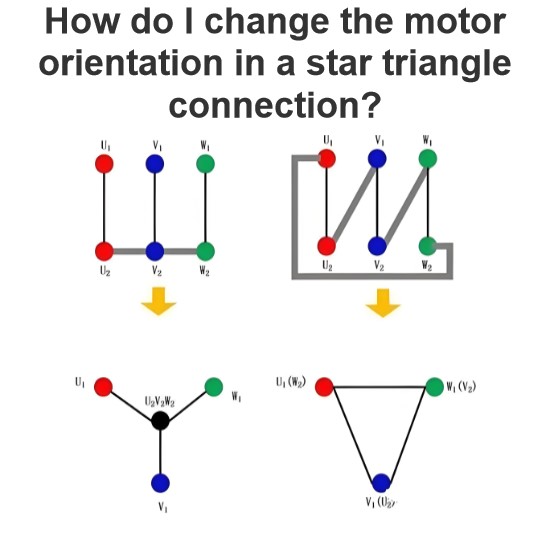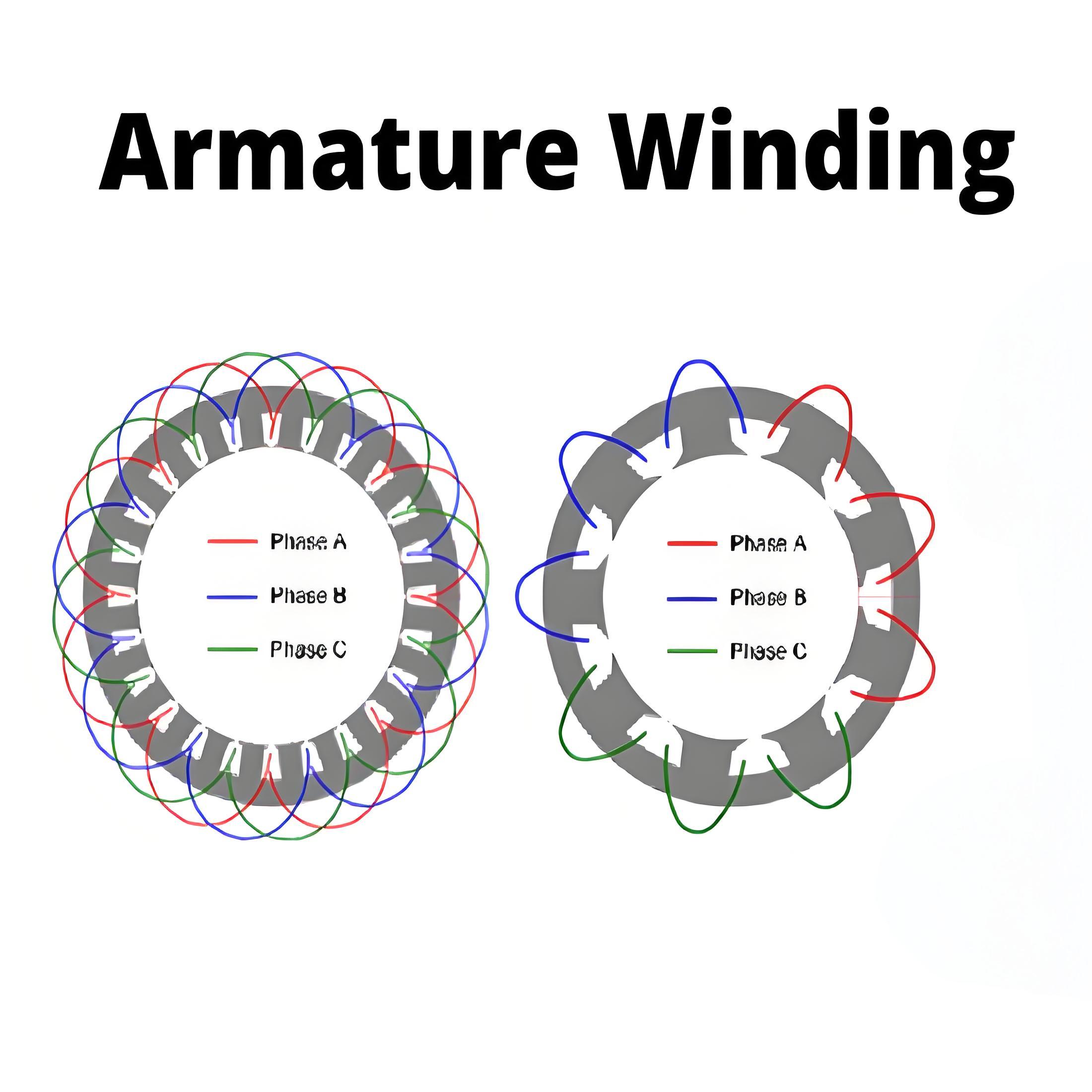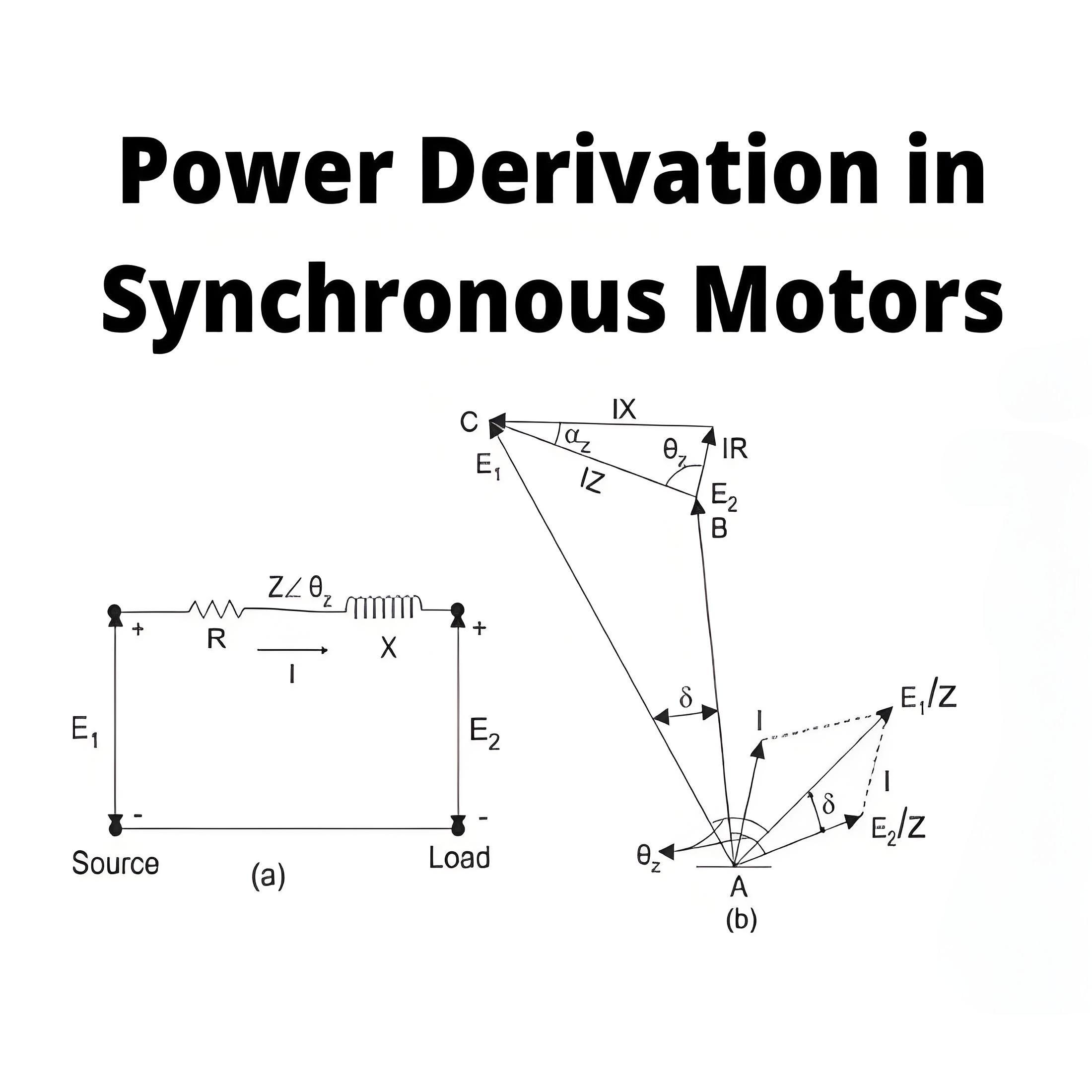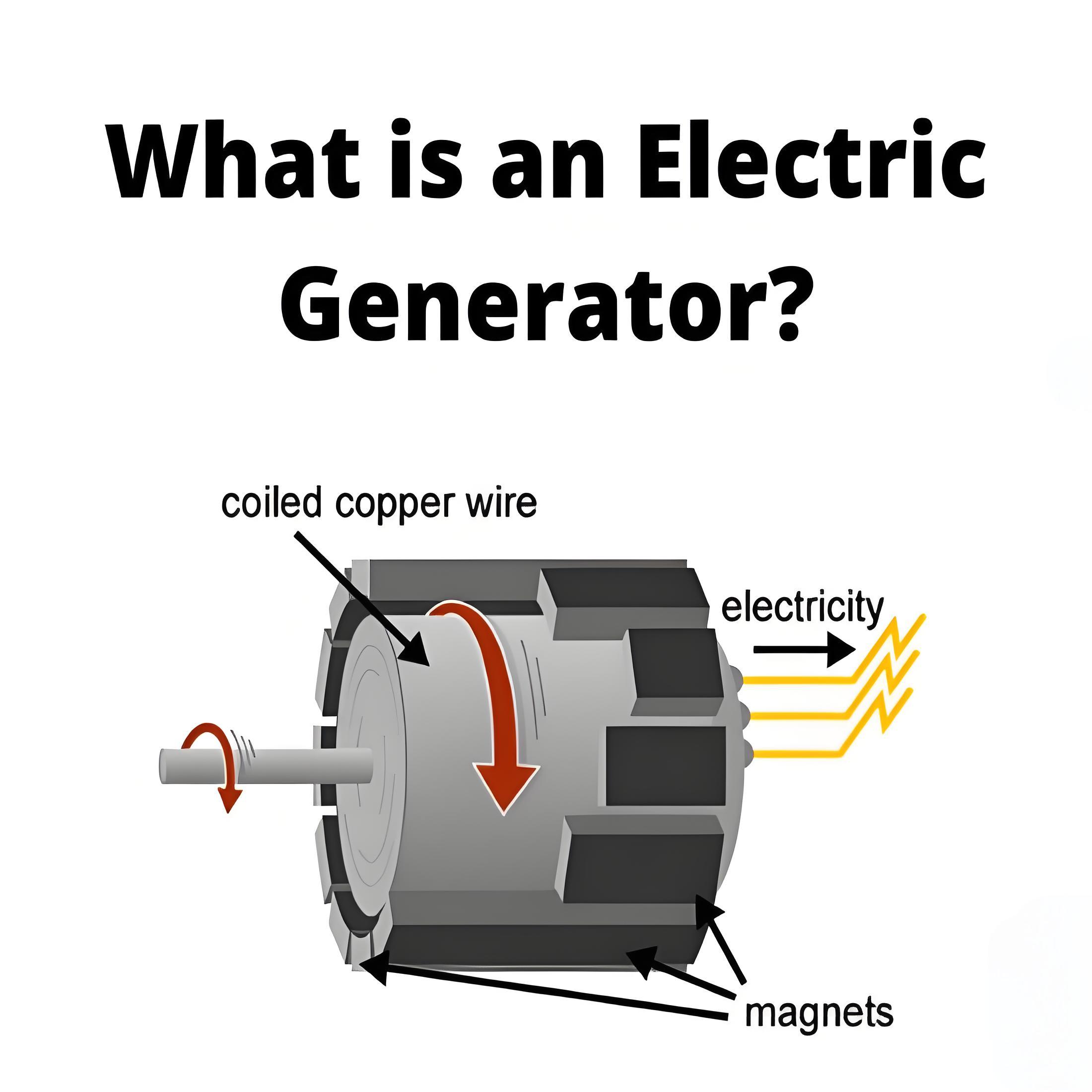What is Ward Leonard Method of Speed Control?
What is Ward Leonard Method of Speed Control?
Vaud Leonard method definition
The Vaud Leonard method is defined as a speed control system using a DC motor with a variable voltage provided by an electric generator set.
Principles of the Vaud Leonard method
The system involves a DC motor (M1) that is driven by another motor (G) that is driven by another motor (M2) that controls the speed by adjusting the output voltage of the generator.
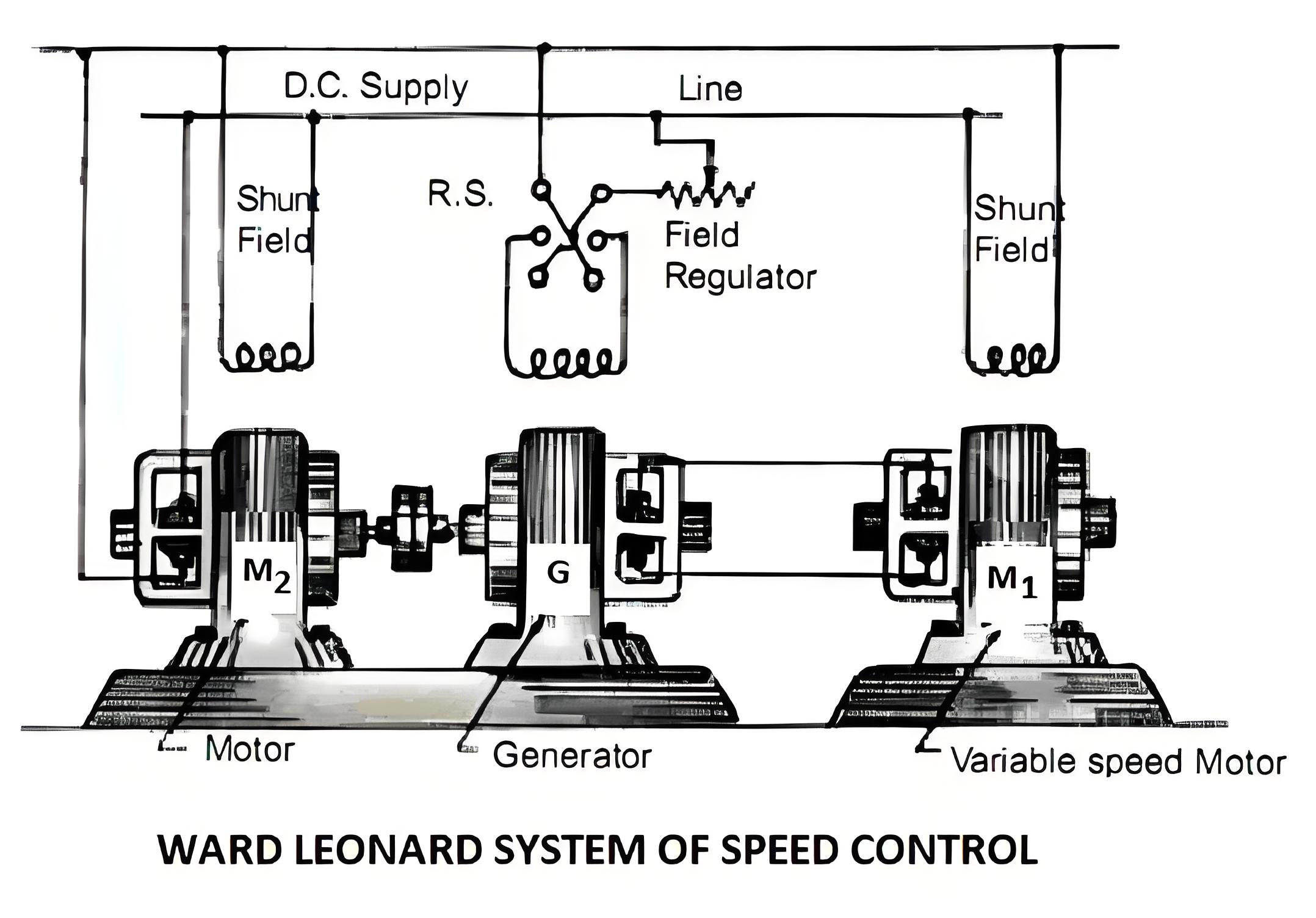
Advantage
It is a very smooth speed control system over a very wide range (from zero to the normal speed of the motor).
The speed can be easily controlled in the direction of rotation of the motor.
The motor can run at a uniform acceleration.
In this Vaud Leonard system, the speed regulation of the DC motor is very good.
It has inherent regenerative braking properties.
Shortcoming
The system is very expensive because it requires two additional machines (electric generator sets).
The overall efficiency of the system is not enough, especially under light loads.
Greater size and weight. More floor space is needed.
Regular maintenance.
The drive makes more noise.
Apply
The Ward Leonard method is used in applications that require precise and sensitive speed control, such as cranes, elevators, steel mills and locomotives.
The Electricity Encyclopedia is dedicated to accelerating the dissemination and application of electricity knowledge and adding impetus to the development and innovation of the electricity industry.
